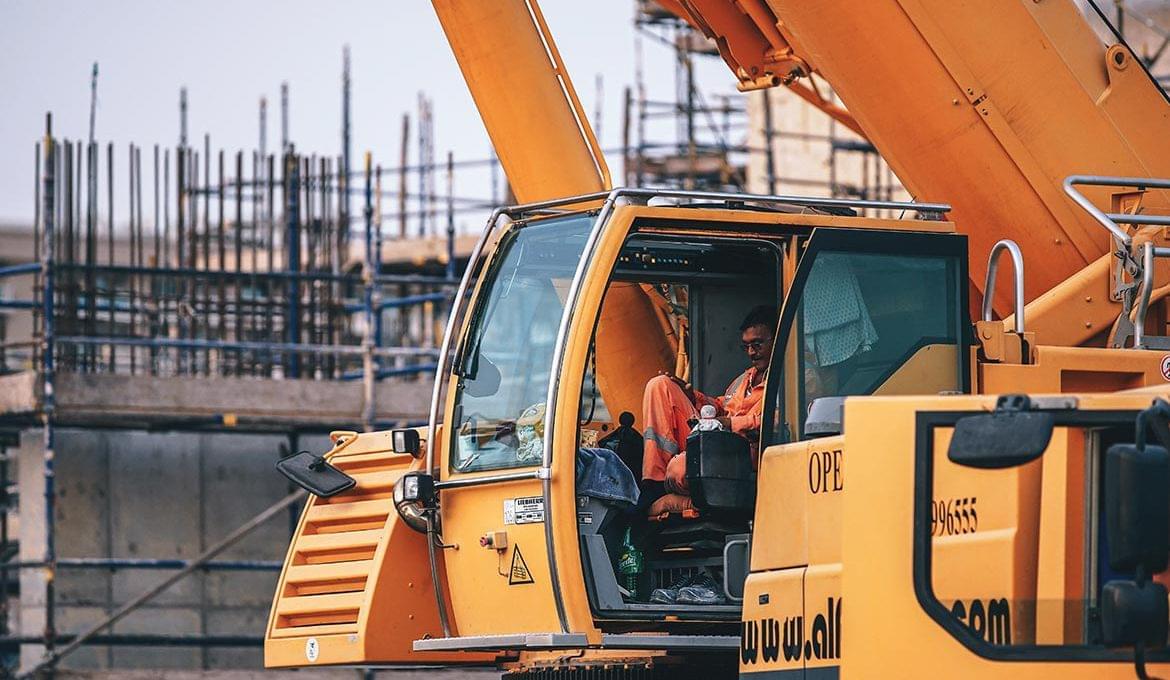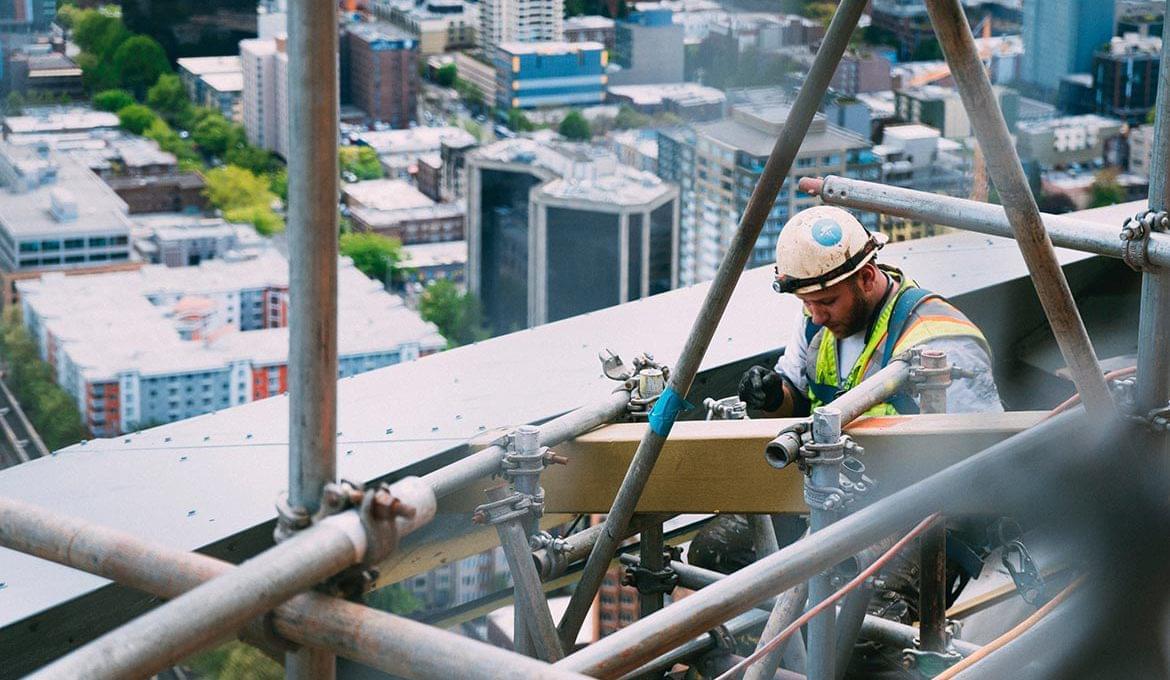Molding Process
Our specialists embrace every challenge, regardless of the complexity of the workpiece. In addition to traditional hand molding and core production, we proudly offer the ARPA-450 molding process, a cutting-edge solution that ensures precision and efficiency in every cast.
Green Sand Casting Molding Process with ARPA-450
The ARPA-450 molding line revolutionizes the green sand casting process by integrating automation and advanced technology. This innovative method utilizes a mixture of sand, clay, and water to create molds that are strong, flexible, and capable of capturing intricate designs.
- Mold Size: The ARPA-450 is capable of producing molds up to 700 mm x 800 mm x 300 mm in size, allowing for a wide range of applications.
- Weight Capacity: This process supports castings weighing from just a few grams up to 150 kg, making it versatile for various project requirements.
- Bunch Weight: The machine can accommodate bunch weights ranging from 25 kg to 100 kg, ensuring flexibility in production.
- Production Efficiency: With a mold-making capacity of 35 molds per hour, the ARPA-450 line enhances productivity and reduces lead times.
- Automated Efficiency: The ARPA-450 line automates crucial stages such as sand preparation, molding, and core setting, significantly reducing manual labor and minimizing the risk of errors.
- Precision and Quality: This technology ensures high precision in mold creation, producing consistent and high-quality castings with minimal finishing required.
- Eco-Friendly Practices: By using green sand, which can be recycled and reused, this process reduces waste and promotes environmental sustainability.
- Versatile Applications: The ARPA-450 process is ideal for a wide range of industries and applications, delivering exceptional quality for complex geometries and stringent specifications.
ARPA-450 Molding Process
The ARPA-450 molding line revolutionizes the green sand casting process by integrating automation and advanced technology. This innovative method utilizes a mixture of sand, clay, and water to create molds that are strong, flexible, and capable of capturing intricate designs.
- Mold Size: The ARPA-450 is capable of producing molds up to 700 mm x 800 mm x 300 mm in size, allowing for a wide range of applications.
- Weight Capacity: This process supports castings weighing from just a few grams up to 150 kg, making it versatile for various project requirements.
- Bunch Weight: The machine can accommodate bunch weights ranging from 25 kg to 100 kg, ensuring flexibility in production.
- Production Efficiency: With a mold-making capacity of 35 molds per hour, the ARPA-450 line enhances productivity and reduces lead times.
- Automated Efficiency: The ARPA-450 line automates crucial stages such as sand preparation, molding, and core setting, significantly reducing manual labor and minimizing the risk of errors.
- Precision and Quality: This technology ensures high precision in mold creation, producing consistent and high-quality castings with minimal finishing required.
- Eco-Friendly Practices: By using green sand, which can be recycled and reused, this process reduces waste and promotes environmental sustainability.
- Versatile Applications: The ARPA-450 process is ideal for a wide range of industries and applications, delivering exceptional quality for complex geometries and stringent specifications.
Hand Molding Process
The hand molding process is a traditional method in green sand casting that relies on skilled craftsmanship to produce high-quality castings. This process involves several steps:
- Preparation: The molding sand, composed of silica sand, clay, and water, is mixed to achieve the optimal consistency, with the clay acting as a binder for strength and flexibility.
- Pattern Creation: A pattern, typically made from metal or wood, is used to create the mold cavity. Skilled artisans carefully pack the sand around the pattern, ensuring detailed reproduction of the desired shape.
- Mold Assembly: The sand is compacted by hand or with tools, ensuring it holds the shape and captures intricate details. After packing, the pattern is removed, leaving a cavity ready for pouring.
- Pouring and Finishing: Molten metal is poured into the mold cavity, solidifying to form the casting. Additional finishing processes may be applied to meet specific requirements.
The hand molding process is particularly effective for low-volume production runs or unique components, offering flexibility and high-quality results.
Cold Core Machines
Our facility includes two cold core machines, which are essential for producing high-quality cores in the casting process. The cold core method involves the following:
- Core Production: Cold core machines use a mixture of sand and resin to create cores that are strong and precise. This method allows for intricate designs that are vital for complex castings.
- Core Weight Capacity: Our cold core machines can produce cores weighing up to 25 kg, making them suitable for a variety of casting applications.
- Efficiency: The machines automate core production, enhancing speed and consistency while reducing manual labor.
- Precision: Cold cores offer excellent dimensional accuracy and surface finish, which is crucial for ensuring the quality of the final cast products.
By utilizing cold core machines, we can provide durable and accurate cores that enhance the overall quality of our castings.
Hot Core Machines
We also operate two hot core machines, which utilize heat to cure sand and resin mixtures, producing high-quality cores through the following process:
- Curing Process: In hot core machines, the sand and resin mixture is heated, causing the resin to cure and harden quickly. This results in cores that are robust and ready for use in the casting process.
- Core Weight Capacity: Our hot core machines can handle core weights up to 50 kg, making them ideal for larger and more complex castings.
- Enhanced Strength: Hot cores provide greater strength and thermal resistance, making them suitable for high-temperature applications and complex geometries.
- Automation: Similar to cold core machines, hot core machines streamline core production, improving efficiency and consistency while reducing labor costs.
The combination of cold and hot core machines in our facility allows us to meet diverse casting needs with precision and reliability.





















